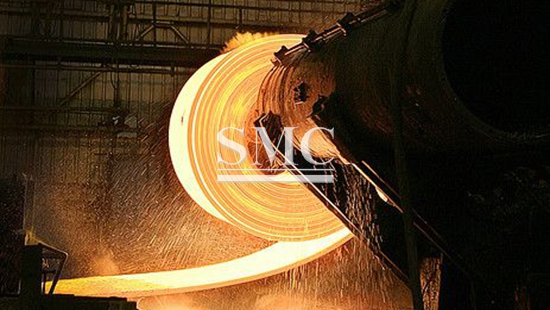
- Company overview The heart of SMC Vision & Philsophy Partnership Certifications Company culture
- Our service Design and Engineering Maintenance and Service Examine Production Line Upgrade and Transformation Storage and Logistics Processing, Trading and Distributor
- Management Our history Global responsibility Info Center
- Procurement center Internship
- Metal Steel Products Stainless Steel Products Aluminum Products Copper Products Galvanized Steel and PPGI Special Alloy Building Material
- Containers ISO Standard Container Equipment Container Storage Container Refrigerated/Reefer Container Offshore Container Container House Tank Container Container Fittings Container Trailer
- Gas Cylinder & Fire Extinguisher Cryogenic Liquid Cylinder Oxygen Gas Cylinder Storage Tank CNG Gas Cylinder LPG Gas Cylinder Hydrogen Gas Cylinder Nitrogen Gas Cylinder Industry Gas Cylinder Fire Extinguisher
- Metal Machinery Forming Machine Cutting Machine Processing Machine Bending Machine Block Machine Other Machinery Motor Spare Parts
- Mechanical Products Miscellany Mooring Equipment Marine Equipment Vehicle Industry Pressure Vessel Conveyor Belt Laser Equipment Bearing
- Electrical System Power Distribution Automation Electrical Cable Solar Power System Electric Protection System Transformer Production Line Lighting System
- Project Plastic Pipes and Pipe Fittings Fiberglass Reinforced Plastic Pontoon System
Basics about Steel

Since the Industrial Revolution
in the 19th century, Steel has played a primary role in economic development.
The metal is still widely used today for many purposes thanks to its characteristics.
Steel is actually not a pure metal, but an alloy of iron and variable
percentages of carbon. Different contents of carbon divide the metal into ‘grades’.
These, in turn, have specific features and are suitable for different purposes.
Depending on its composition, steel can be categorised into: carbon steel,
alloy steel, stainless steel and tool steel.
Yet, steel is highly affected by corrosion
and requires protection. A common practice is that called Galvanisation, which
consists in adding a coat of zinc on the metal to cover sides and edges of the
steel shape. Hot-dip galvanisation is the most used system where steel is immersed
into melted zinc and then let dry. The zinc layer is also called ‘sacrificial’
as it defends the metal substrate by rusting before the inner steel is reached.
Usually, the thickness of the coating determines the item’s lifespan.
Beyond being protected, the metal
has to be shaped in order to be used. Perhaps, the two most common practices
are Hot and Cold Rolling. Generally, the Rolling technique is the process of
reducing the thickness or changing the cross-sectional area of a work piece by
compressive forces.
The Hot Rolling process consists
in pressing heated steel billets among rolls, which squeeze it until the
desired shape is reached. The number and layout of the pressing rolls depends on
the shape that has to be imprinted. The product is then cooled down. Hot rolled
steel is relatively cheap, easy and fast to produce. However, the shaped metal
decreases in size when cooling, thus causing measurements imperfections. Besides,
the rough finish may not be aesthetically pleasant and paint is hard to apply
on it.
Instead, Cold Rolling presses steel
at room temperature, avoiding the problem of downsizing. This phase is actually
a further processing of hot-rolling. Because cold steel is less ductile, cold
rolling requires several pressing phases. An incredible amount of stress has to
be employed for shaping the metal. Precisely, as much stress needed until steel
reaches its point of plastic deformation. There, the metal ends up being
stronger than hot rolled alternatives. Yet, cold rolled steel may not allow for
the same range of shapes that hot rolled steel offers. Advantages of cold steel
are its dimension accuracy and its smooth finish, although it is twice more
expensive than hot rolled steel.
Since its establishment in 1980, Shanghai
Metal Corporation has specialised in both hot and cold rolled steel products. With
over 35 years of experience, we can proudly supply you with items such as Hot
Rolled Steel Coil/Sheet/Strip, Steel Chequered Plate - Diamond Plate and Copolymer
Coated Steel Tape. For further information and a full list of products, please
click here.
Shanghai Metal Corporation is a trusted aluminum alloy, aluminum foil price, stainless steel price and stainless steel manufacturer, kinds of stainless steel in china.
